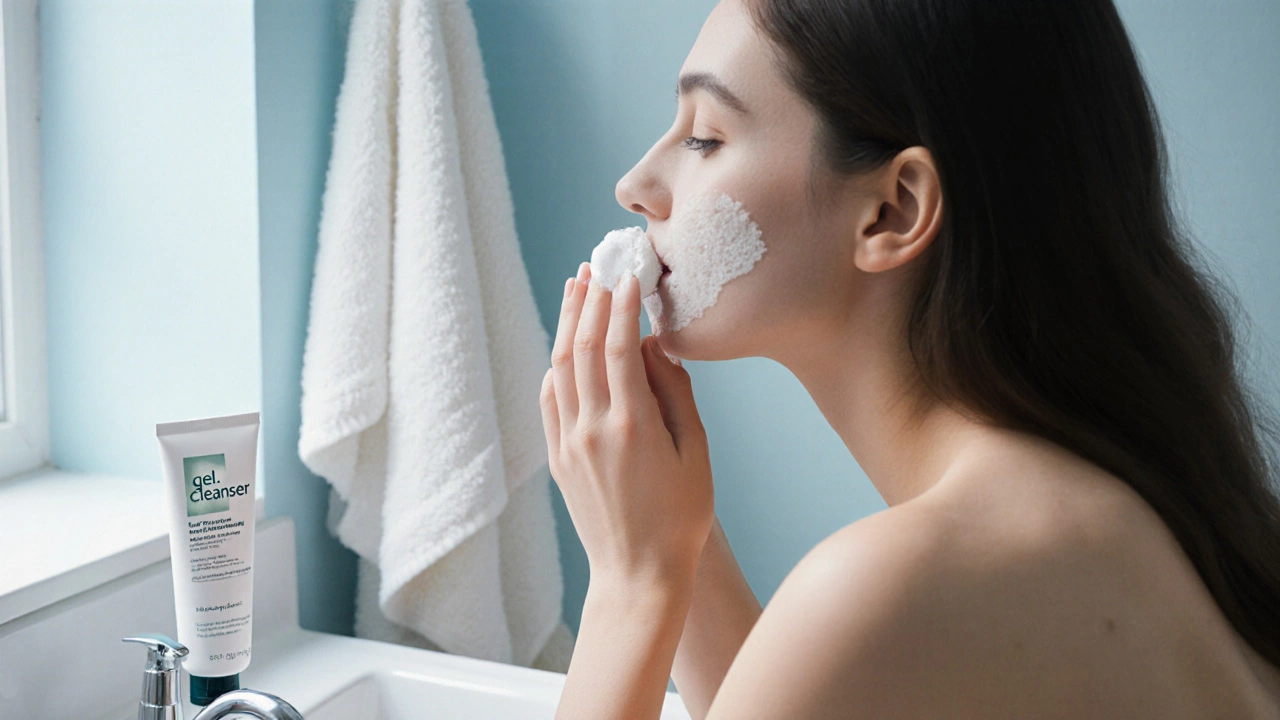Skincare Treatments: Types, Routines, and Safe Choices
When working with skincare treatments, methods and products designed to improve, protect, or restore the skin’s health and appearance. Also known as skin care regimens, it helps people keep their skin clear, comfortable, and youthful. Below you’ll find a quick look at the key ideas that tie everything together. skincare treatments aren’t one‑size‑fits‑all; they change based on what your skin needs.
How Skin Type Drives the Choice of Treatment
Understanding your skin type, the natural condition of your skin, such as dry, oily, combination, or sensitive is the first step. A dry skin type (dry skin care, moisturizing creams, gentle cleansers, and barrier‑supporting ingredients) usually needs richer emollients and less frequent exfoliation. Oily skin (oily skin routine, lightweight gels, salicylic acid, and oil‑controlling formulas) benefits from foaming cleansers and non‑comedogenic moisturizers. Combination skin mixes the two, so you might apply richer cream on dry zones and a matte lotion where shine appears. Sensitive skin reacts to harsh additives, so fragrance‑free, hypoallergenic formulas are safest. These details create clear semantic links: skin type influences treatment choice, treatment choice requires proper product selection, and proper product selection improves skin health. By matching the right product to the right skin type, you avoid irritation and get faster results.
The next piece of the puzzle is the skincare routine, the step‑by‑step process you follow each day, including cleansing, treating, moisturizing, and protecting. A solid routine starts with a gentle cleanser, follows with a treatment targeted to your concern (like vitamin C for brightening or niacinamide for calm), adds a suitable moisturizer, and finishes with sunscreen. Each step builds on the previous one, creating a chain: routine includes cleansing, cleansing prepares skin for treatment, and treatment delivers active ingredients. When you stick to a routine that respects your skin type, the benefits compound over weeks. You’ll notice fewer breakouts, smoother texture, and steadier barrier function. Safety also matters—always patch test new products, check expiration dates, and avoid mixing ingredients that can counteract each other (like retinol with strong acids). By keeping the routine simple and consistent, you reduce the risk of over‑processing your skin.
All of this gives you a clear roadmap for choosing, using, and adjusting skincare treatments that fit your life. Below you’ll find articles that dive deeper into each area—whether you’re curious about how to identify your skin type, want a step‑by‑step routine for oily skin, or need tips on safe ingredient swaps. Browse the collection to find the practical advice that matches your skin’s needs.

Basic Skincare Treatments: A Simple Guide
Learn the essential skincare treatments-cleansing, exfoliation, moisturizing, and sun protection-in a clear, step-by-step guide for healthy, radiant skin.

Can You Reverse Knee Stiffness? Find Out Now!
Apr, 4 2025



